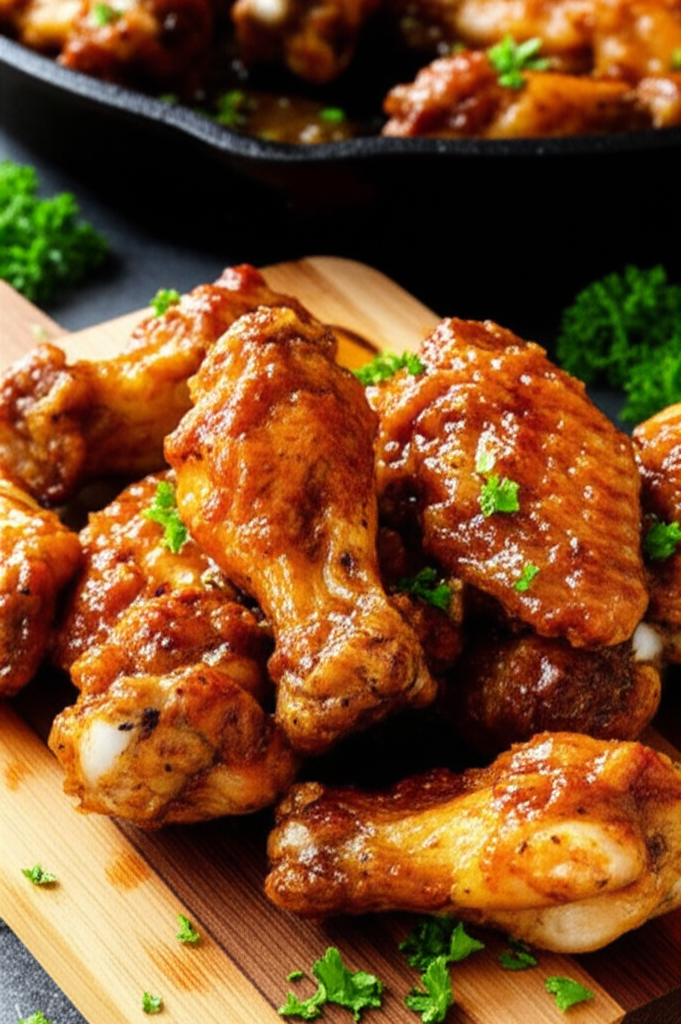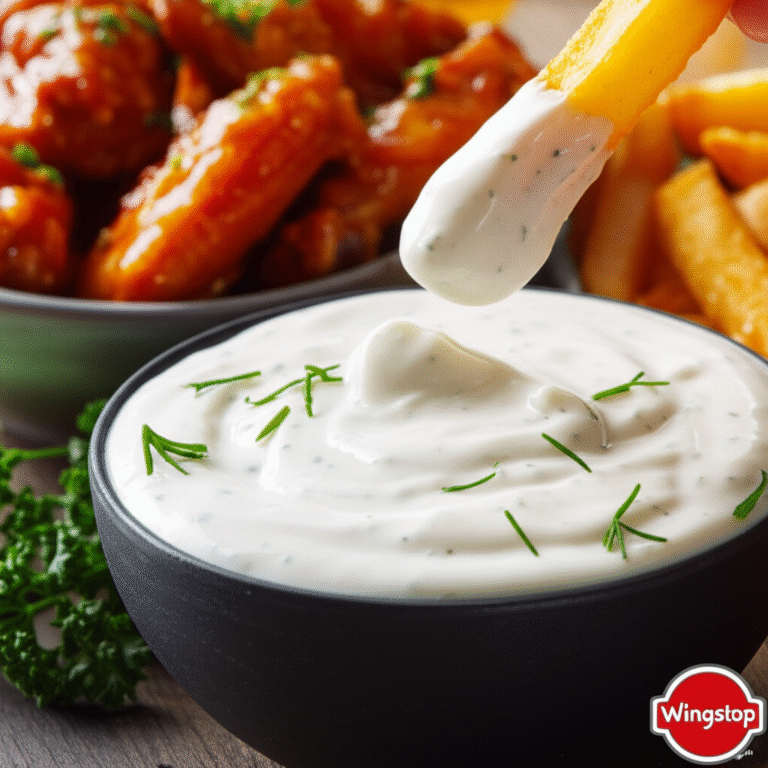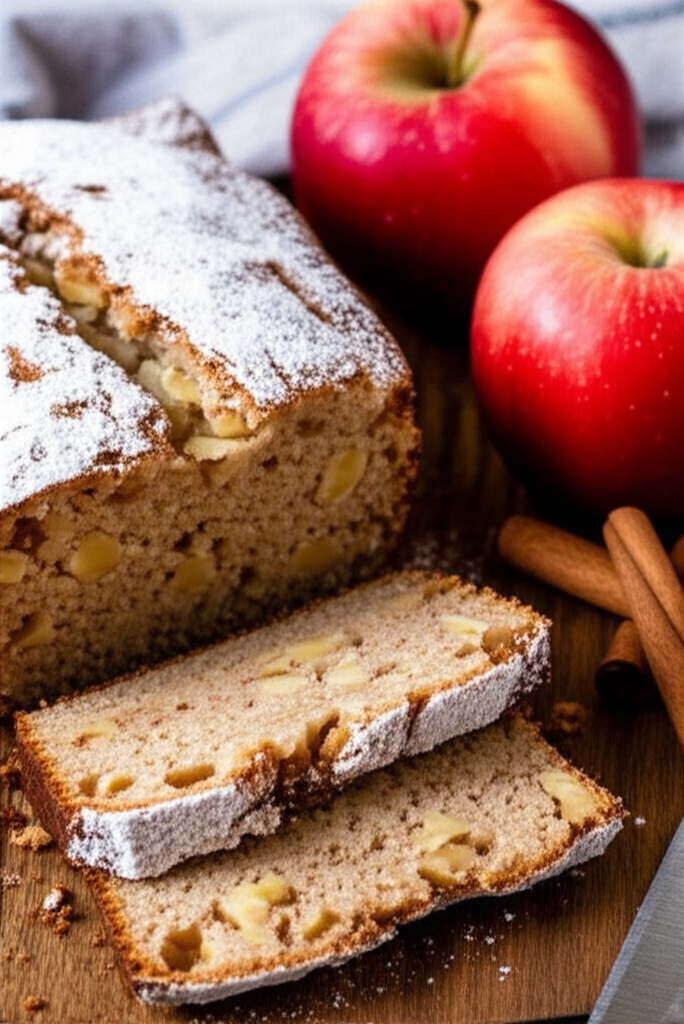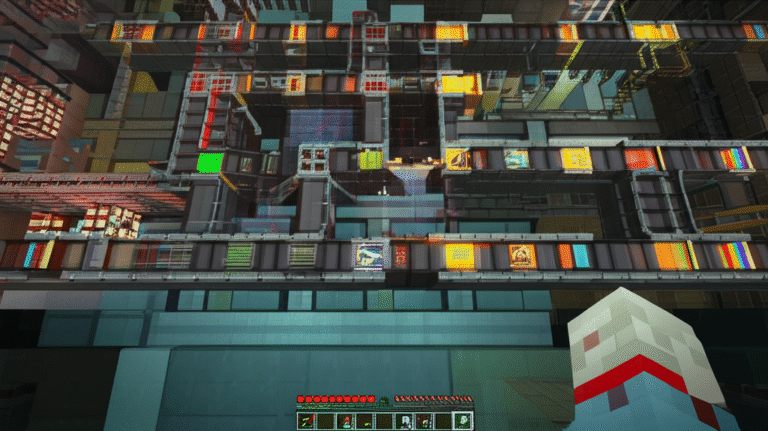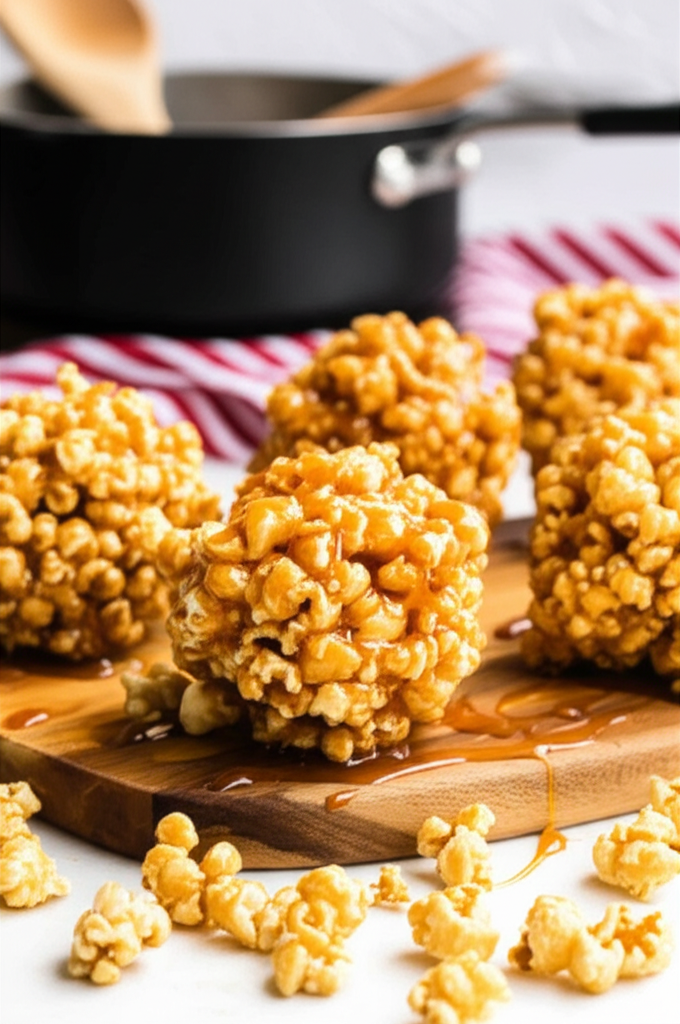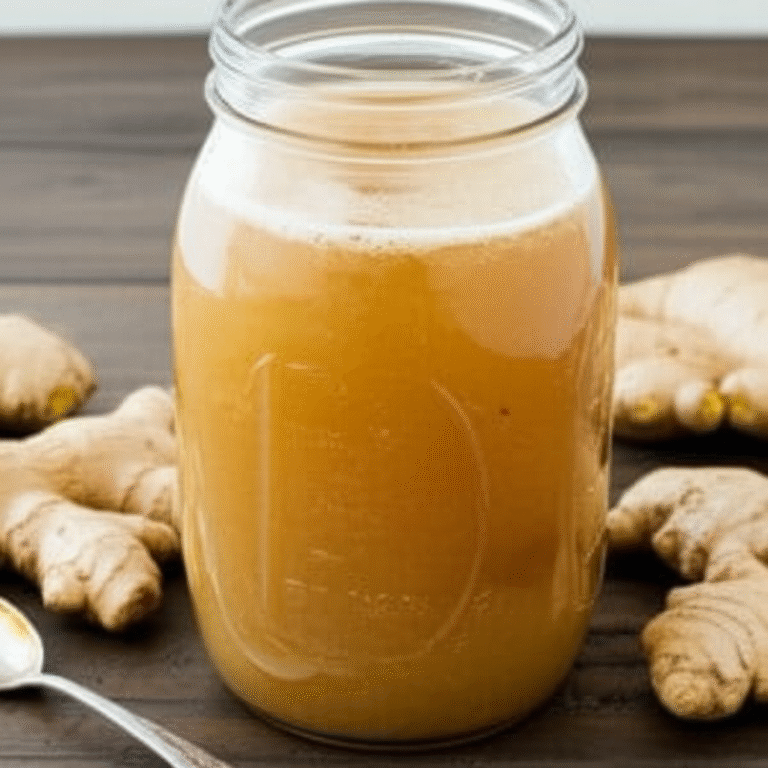Burnt Ends Recipe: Easy & Delicious Smoked Meat Treat
Quick Answer

Burnt ends are flavorful, crispy-edged pieces of smoked meat, typically beef brisket. The process involves smoking a whole brisket, cubing the point (the fattier end), and then saucing and smoking these cubes again until they develop a caramelized, bark-like exterior. This “double-smoked” technique creates an intensely rich flavor and tender texture. A good burnt ends recipe will specify a cook time of 12–14 hours at a temperature of 225°F.
Key Facts
| Entity | Attribute | Value | Why It Matters |
|——————-|—————-|———————|—————————————————-|
| Brisket Point | Fat Content | High | Essential for the rich flavor and tender texture. |
| Smoking Wood | Type | Oak, Hickory, Pecan | Impacts the final smoky flavor profile. |
| Cooking Time | Duration | 12–14 hours | Allows for proper rendering of fat and bark formation. |
| Internal Temp | Target | 200-205°F | Ensures the meat is tender and cooked through. |
What are Burnt Ends?
Burnt ends, originating in Kansas City, are a delicacy derived from the “point” end of a smoked brisket. This cut, known for its higher fat content, is smoked for hours until tender, then cubed, sauced, and smoked again. This process creates a flavorful, intensely rich, and almost candy-like bark. The “burnt” in the name refers to this caramelized exterior, not to actual burnt or charred meat.
Choosing the Right Brisket for Burnt Ends
The key to perfect burnt ends lies in selecting the right brisket. Opt for a whole packer brisket, giving you both the flat and the point. A brisket weighing 12-14 pounds is ideal. Look for good marbling – the intramuscular fat that melts during cooking, keeping the meat moist and adding flavor. Consider the grade of the brisket too: Choice or Prime grades will have more marbling than Select.
Burnt Ends Recipe: A Step-by-Step Guide
Preparing the Brisket (The First Smoke)
1. Trimming: Trim excess fat, leaving about ¼ inch. This allows the smoke to penetrate the meat while still retaining moisture.
2. Seasoning: Apply a dry rub generously, covering all surfaces. A simple rub of salt, pepper, garlic powder, and onion powder works well.
3. Smoking: Place the brisket in a smoker preheated to 225°F. Use hardwood like oak, hickory, or pecan for a classic smoky flavor.
4. Monitoring: Maintain a consistent temperature and add more wood chips as needed. Monitor the internal temperature with a meat thermometer.
5. Wrapping: Once the brisket reaches an internal temperature of 160-170°F (usually after 6-8 hours), wrap it tightly in butcher paper or aluminum foil. This helps the brisket to “push through the stall,” a period where the cooking process slows down.
6. Continuing the Smoke: Continue cooking until the brisket reaches an internal temperature of 200-205°F. This will take another 4-6 hours, depending on the size and thickness of the brisket.
Making the Burnt Ends (The Second Smoke)
1. Separating the Point: Remove the brisket from the smoker and let it rest for at least 30 minutes. Separate the point from the flat. The point is the thicker, fattier end.
2. Cubing: Cut the point into roughly 1-inch cubes.
3. Saucing: Toss the cubes in your favorite barbecue sauce. A sauce with a balance of sweet, smoky, and tangy flavors complements the rich beef flavor.
4. Returning to the Smoker: Place the sauced cubes back in the smoker, increasing the temperature to 275°F.
5. Finishing the Burnt Ends: Smoke for another 1-2 hours, or until the sauce has caramelized and the edges of the cubes are crispy and almost “burnt.” The internal temperature should reach around 205°F.
Best Practices for Perfect Burnt Ends
Low and Slow: Maintain a consistent low temperature throughout the smoking process. This allows the connective tissues to break down, resulting in tender, melt-in-your-mouth burnt ends.
Wood Choice: Experiment with different types of wood to discover your preferred smoke flavor.
Resting is Key: Allowing the brisket to rest before cubing and saucing helps retain the juices and ensures a more tender final product.
Don’t Overcrowd the Smoker: Ensure adequate airflow around the brisket for even cooking.
Use a Quality Thermometer: An accurate meat thermometer is essential for monitoring the internal temperature and avoiding overcooking or undercooking.
Common Pitfalls & Fixes
Dry Burnt Ends: Increase the fat content of the sauce or spritz the meat with apple cider vinegar or beef broth during the smoking process.
Tough Burnt Ends: Ensure the brisket reaches the proper internal temperature of 200-205°F. Resting the brisket adequately also helps tenderize the meat.
Burnt Ends Lacking Flavor: Experiment with different dry rubs and sauces. Consider adding a layer of flavor by glazing the burnt ends with a mixture of honey and brown sugar during the second smoke.
Alternative Methods: Oven-Baked and Slow Cooker Burnt Ends
| Option | Key Attribute(s) | Best For | Caveat |
|——————-|———————–|——————————|————————————–|
| Oven-Baked | Faster, Easier | Convenience, Time Constraints | May lack the authentic smoky flavor. |
| Slow Cooker | Hands-off Cooking | Set-it-and-forget-it approach | Longer cooking time, less bark formation. |
Checklist for Smoked Burnt Ends
1. Select a whole packer brisket (12-14 lbs).
2. Trim excess fat, leaving about ¼ inch.
3. Apply dry rub generously.
4. Smoke at 225°F until the internal temperature reaches 160-170°F.
5. Wrap in butcher paper or foil.
6. Continue smoking at 225°F until internal temperature reaches 200-205°F.
7. Rest the brisket for 30 minutes.
8. Separate the point and cube it.
9. Toss the cubes in barbecue sauce.
10. Smoke at 275°F for 1-2 hours, or until caramelized.
Pro Tips for Burnt Ends Recipe Mastery
Use a high-quality butcher paper for wrapping: Its breathability allows for better bark formation.
Inject the brisket with beef broth or marinade

